In the vast realm of natural resources, metallic minerals have always held a prominent place due to their economic significance and widespread use across various industries. These minerals, including gold, silver, copper, iron, and zinc, play a vital role in shaping the global economy. Their demand is driven by sectors such as manufacturing, construction, electronics, and jewelry, making them attractive investment options for businesses worldwide. 1. Unleashing the Mining Potential: The abundance of metallic minerals, concealed beneath the Earth’s surface, presents a lucrative opportunity for businesses to tap into the mining sector. Developing mines can not only provide access to valuable metals but also stimulate local economies through job creation and infrastructure development.
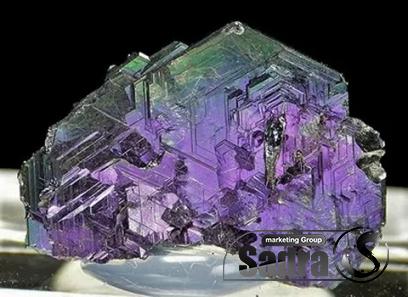
.
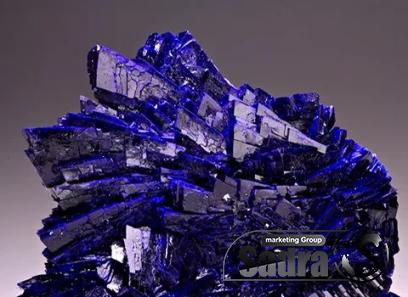 Furthermore, investing in modern mining techniques and technologies can enhance efficiency and minimize environmental impact, promoting sustainable practices in the industry. 2. Meeting the Rising Demand: As the world’s population continues to grow, so does the demand for metallic minerals. Emerging economies, driven by urbanization and industrialization, are contributing significantly to this demand. For instance, the construction sector requires metals like steel and aluminum for infrastructure development, while the renewable energy industry relies on metals like lithium and cobalt for batteries used in electric vehicles and storage systems. Businesses that can effectively anticipate and cater to these evolving needs are poised for success.
Furthermore, investing in modern mining techniques and technologies can enhance efficiency and minimize environmental impact, promoting sustainable practices in the industry. 2. Meeting the Rising Demand: As the world’s population continues to grow, so does the demand for metallic minerals. Emerging economies, driven by urbanization and industrialization, are contributing significantly to this demand. For instance, the construction sector requires metals like steel and aluminum for infrastructure development, while the renewable energy industry relies on metals like lithium and cobalt for batteries used in electric vehicles and storage systems. Businesses that can effectively anticipate and cater to these evolving needs are poised for success.
..
 3. Innovative Applications: The versatility of metallic minerals extends beyond their traditional applications. Research and development have led to the discovery of new uses for these metals, further expanding their market potential. For example, silver nanoparticles find applications in healthcare and electronics due to their antibacterial and conductive properties, respectively. Magnetic properties of metals like iron and nickel have opened doors to advancements in data storage, sensors, and telecommunications. Businesses that stay abreast of these novel applications can tap into often untapped niche markets. 4. The Role of Recycling: Sustainable business practices are gaining prominence, and recycling metallic minerals plays a crucial role in this shift. Recycling significantly reduces the need for environmentally harmful mining operations, while simultaneously conserving resources and reducing waste. Businesses that embrace recycling initiatives not only contribute towards a greener future but can also benefit from cost savings and improved brand reputation.
3. Innovative Applications: The versatility of metallic minerals extends beyond their traditional applications. Research and development have led to the discovery of new uses for these metals, further expanding their market potential. For example, silver nanoparticles find applications in healthcare and electronics due to their antibacterial and conductive properties, respectively. Magnetic properties of metals like iron and nickel have opened doors to advancements in data storage, sensors, and telecommunications. Businesses that stay abreast of these novel applications can tap into often untapped niche markets. 4. The Role of Recycling: Sustainable business practices are gaining prominence, and recycling metallic minerals plays a crucial role in this shift. Recycling significantly reduces the need for environmentally harmful mining operations, while simultaneously conserving resources and reducing waste. Businesses that embrace recycling initiatives not only contribute towards a greener future but can also benefit from cost savings and improved brand reputation.
…
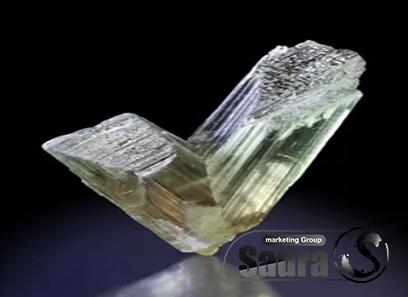 5. Overcoming Challenges: Although the potential rewards of venturing into the metallic minerals sector are substantial, businesses must be prepared to face certain challenges. Fluctuating metal prices, geopolitical uncertainties, and regulatory frameworks pose risks to businesses operating in this space. Creating effective risk management strategies, diversifying portfolios, and establishing strong relationships with industry experts and stakeholders can help mitigate these challenges. Conclusion: The immense potential of metallic minerals presents an enticing opportunity for businesses to drive growth and capitalize on emerging trends. By strategically investing, innovating, and adopting sustainable practices, businesses can harness the power of these minerals to create value for themselves, their stakeholders, and the global economy. As technology advances and industries evolve, staying updated with the latest developments and embracing change will be crucial for long-term success in this dynamic sector.
5. Overcoming Challenges: Although the potential rewards of venturing into the metallic minerals sector are substantial, businesses must be prepared to face certain challenges. Fluctuating metal prices, geopolitical uncertainties, and regulatory frameworks pose risks to businesses operating in this space. Creating effective risk management strategies, diversifying portfolios, and establishing strong relationships with industry experts and stakeholders can help mitigate these challenges. Conclusion: The immense potential of metallic minerals presents an enticing opportunity for businesses to drive growth and capitalize on emerging trends. By strategically investing, innovating, and adopting sustainable practices, businesses can harness the power of these minerals to create value for themselves, their stakeholders, and the global economy. As technology advances and industries evolve, staying updated with the latest developments and embracing change will be crucial for long-term success in this dynamic sector.
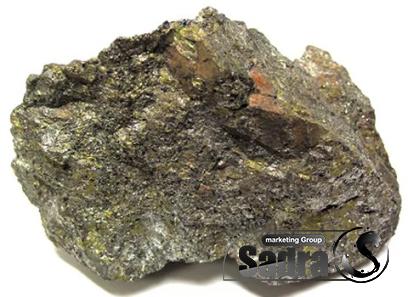
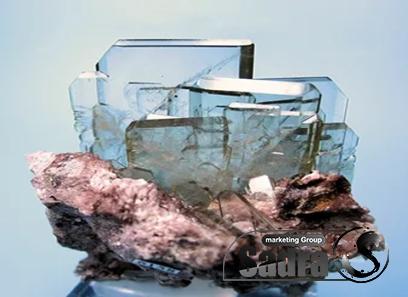
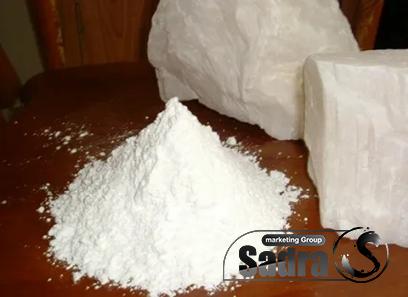
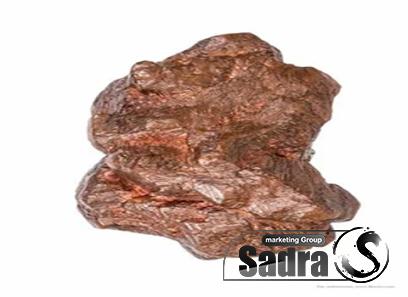
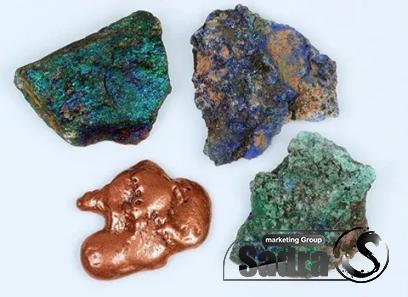

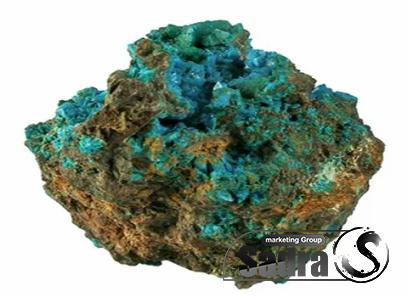

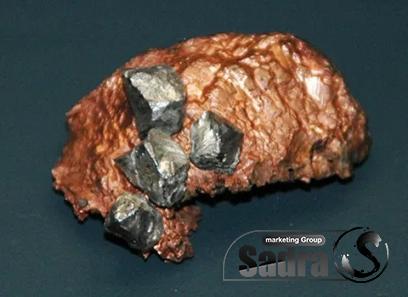

Your comment submitted.